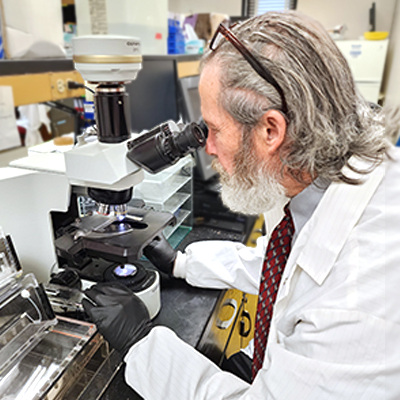Last week, the Food and Drug Administration announced its ban on the use of Red No. 3, a synthetic dye made from petroleum that gives food and drinks their distinctive bright red coloring. The dye has been linked as a cause of cancer in lab animals.
The dye is used in thousands of food items including candy, cereals, cherries in fruit cocktails, even strawberry-flavored milkshakes, according to the Center for Science in the Public Interest.
There are 36 FDA-approved color additives used in U.S. foods, including nine synthetic dyes. FD&C Red No. 3, approved in 1969, has seen increasing use in ultra-processed foods, despite being banned or restricted in many regions, such as Europe, Australia, and Japan.
The FDA revoked its authorization, citing studies linking high exposure to thyroid tumors in male rats. Although these effects are species-specific, the decision was mandated by the 1958 Delaney Clause, which prohibits additives shown to cause cancer in animals. This action followed more than 35 years of scientific debate.
Recognizing the potential carcinogenic properties of synthetic food dyes, faculty in the University of South Carolina College of Pharmacy began investigating the impact of Red Dye No. 40—the most widely consumed dye in the U.S.—on colon carcinogenesis. Drs. Lorne Hofseth, Phil Buckhaults, and Doug Pittman have studied the effects of commonly consumed dyes, including Red Dye No. 40, Yellow Dye No. 5, and Blue Dye No. 1. Their findings highlight how Red Dye No. 40 drives DNA damage and inflammation in the colon.
Hofseth says their team’s ultimate goal is to invoke the Delaney Clause to ban Red Dye No. 40 and the remaining seven synthetic dyes still permitted in the U.S. food supply due to their harmful effects.
It is known that children are more vulnerable to environmental toxins because their bodies are still developing. More research needs to be done to examine how repeated exposure to artificial food dyes may affect children ...
“The food industry uses synthetic dyes because they make food look better. The first food dyes were created from coal tar in the late 1800s. Today, they are often synthesized from a chemical derived from petroleum,” says Hofseth. “Artificial food coloring may be of particular concern for children. It is known that children are more vulnerable to environmental toxins because their bodies are still developing. More research needs to be done to examine how repeated exposure to artificial food dyes may affect children.”
With the ban now of Red Dye No. 3, Hofseth hopes to continue his efforts to show a causal link between Red Dye No. 40 and other such additives.

